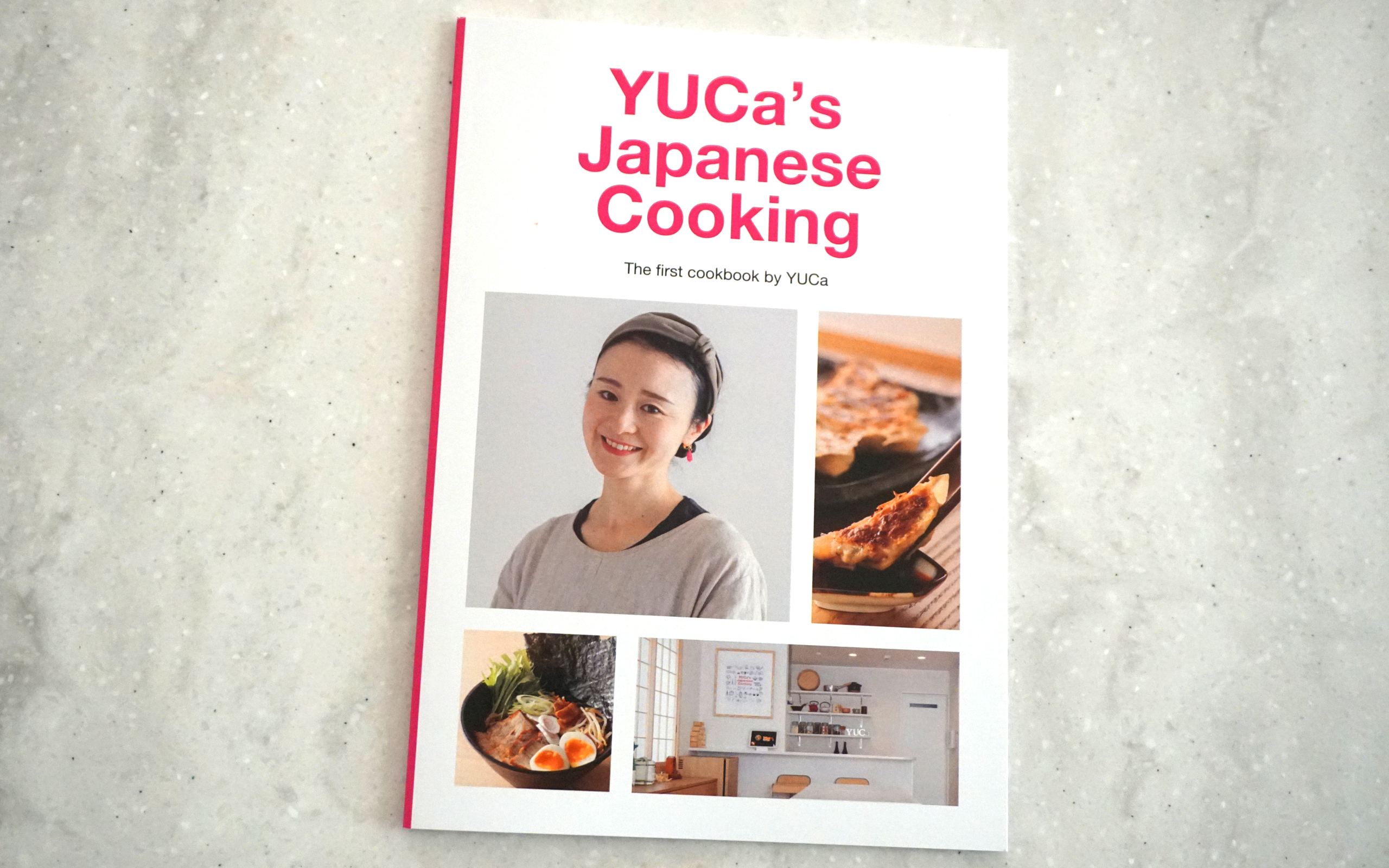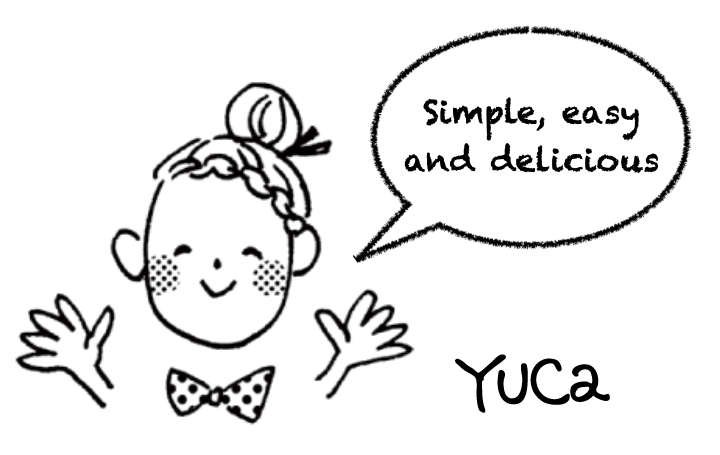Latest Posts
Tuna Mayo Onigiri
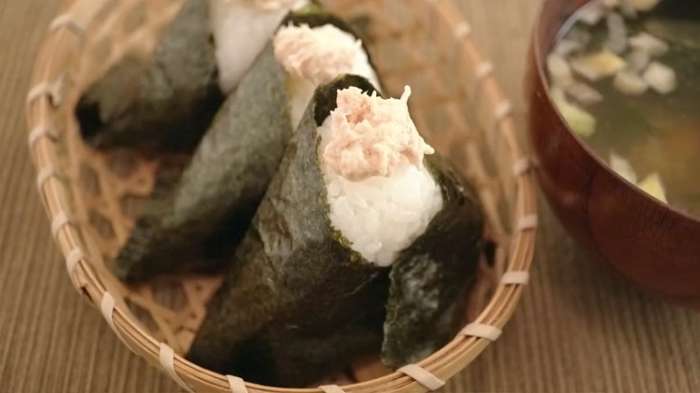
Onigiri is a Japanese rice balls with various fillings inside. There are a variety of ingredients such as pickled plums and bonito-flavored bonito, but the tuna mayo flavor is especially popular among both children and adults. You can easily buy it at convenience stores or supermarkets, but if you have canned tuna and mayonnaise, you can easily make it at home with a difference!
Read More
Tuna Sandwich
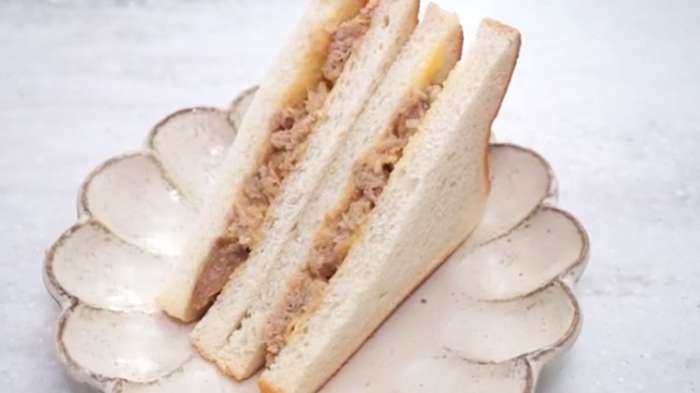
Like my family, many Japanese households keep canned tuna on hand. Perhaps because of this, people often eat tuna salad with mayonnaise. So this time, I made a simple & healthy tuna salad with homemade tuna (canned style) and Japanese mayonnaise, and made a tuna sandwich between two pieces of Japanese bread. Please try it and taste it!
Read More
Osaka-style Okonomiyaki
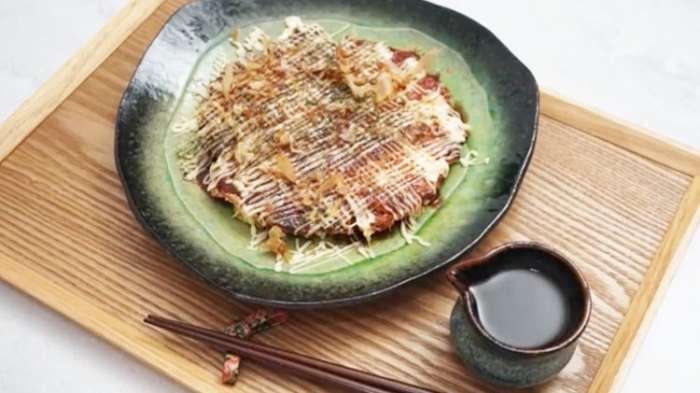
Okonomiyaki is a Japanese-style savory pancake cooked on a large hotplate. Okonomi means “As-you-like-it” and recipes differ depending on the region; traditionally Osaka and Hiroshima. In this recipe video, I will show you how to make Osaka-style Okonomiyaki recipe and its sauce which is the key ingredients of this Japanese-style savory pancake.
Read More
Yakitori
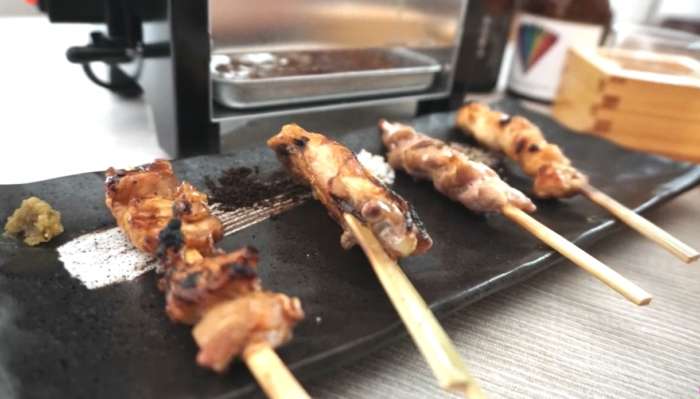
Yakitori (焼き鳥) is a dish often served with sake and consists of various chicken parts skewered and grilled on a special grill. It is usually served with salt, pepper, or a special soy sauce-based sauce. In this video, we will show you how to make a “yakitori kit” developed by an upscale yakitori restaurant in Japan, and how to eat different parts of the yakitori.
Read More
Yakisoba
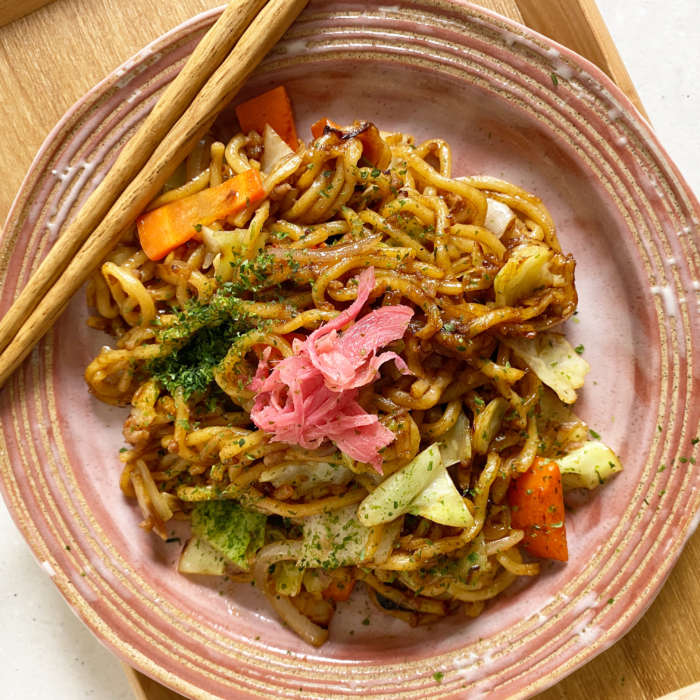
Yakisoba (焼きそば) is a typical Japanese noodle dish widely enjoyed by people. As evidence of this, yakisoba can be purchased year-round in the prepared food sections of supermarkets and convenience stores. Especially in summer, when festivals are held all over the country, yakisoba stalls are set up along with various street foods, and you can taste freshly made yakisoba. In this issue, I will introduce a quick and easy yakisoba recipe.
Read More
Amazake
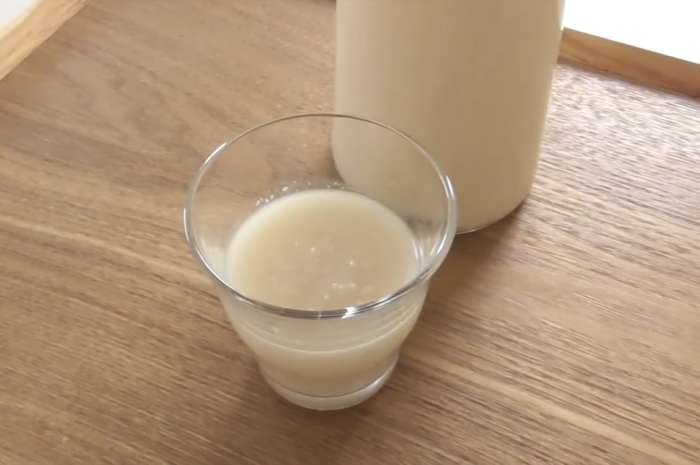
Amazake (甘酒) comes in two types: one made from sake lees, as the name sake implies, and the other made from rice malt. The amazake introduced here is the latter type, based on rice malt. This type of amazake also has a medicinal role and is recommended when you feel tired or want to prevent colds. Amazake also contains dietary fiber and oligosaccharides, which help regulate the intestinal environment.
Read More
Plum Syrup & Juice
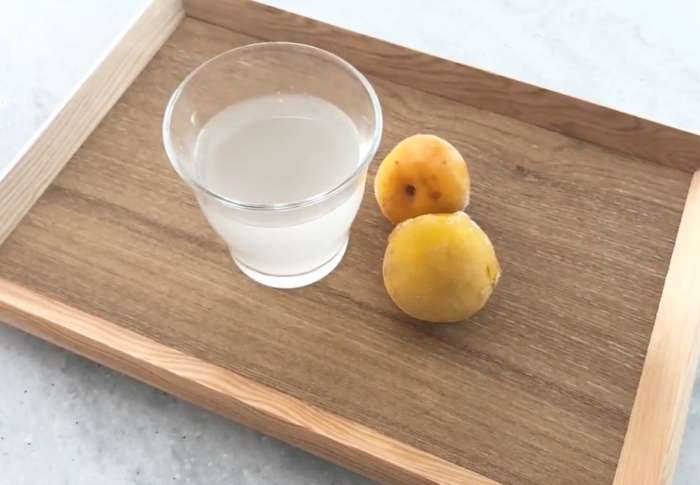
This is the time of year when plums are available in large quantities, so why not prepare plum syrup for the coming summer heat?
The general practice is to take the heck out of each plum that is still green, but if you want to take it a little easier and quicker, we recommend making it from frozen yellowed plums. The finished ume syrup can be mixed with water or soda water to make ume juice, with soy milk or black tea, or with honey or vinegar to make ume dressing.
Read More
Hiyayakko (Chilled tofu) : vol.3
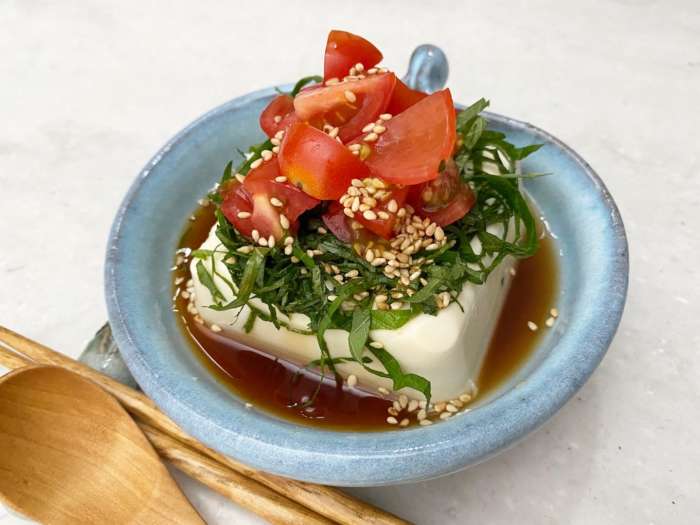
Hiyayakko (冷奴) is chilled tofu topped with seasonings and condiments. Depending on the toppings, you can enjoy various flavors of chilled tofu. In this episode, I put Japanese basil, cherry tomato and white sesame seeds. Then, pour the ponzu sauce.
Read More
Ohitashi
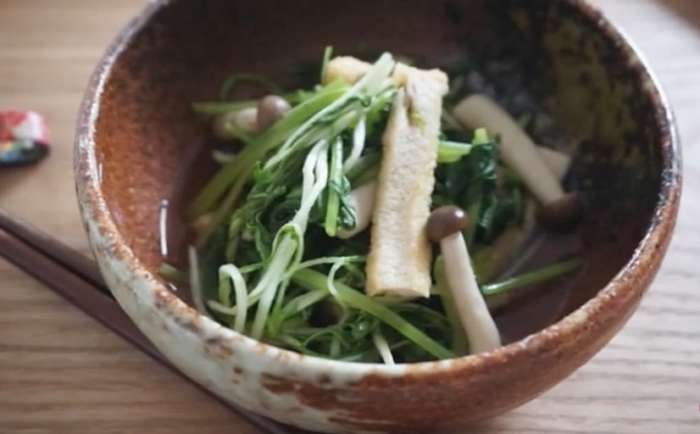
Ohitashi (Blanched vegetables with Dashi) is a really delicate side dish made by draining the water from boiled vegetables and seasoning them with dashi broth, soy sauce, and mirin. It can also be a vegan side dish if you use a vegan dashi broth. The trick to this dish is to quickly blanch the vegetables to preserve their fresh texture. This dish can be served at room temperature or cold.
Read More
Tamagoyaki (Japanese Omelette)
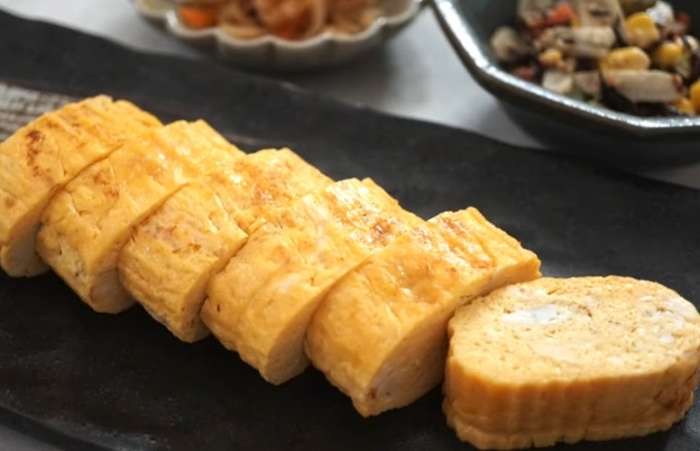
Tamagoyaki is the iconic egg recipe in Japan. We use dashi soup stock as the base and roll the egg mixture with using special pan. However, you can make Tamagoyaki without using it. In this recipe video, I introduce how to make Tamagoyaki in 2 ways; using special omelette pan and round shape frying pan.
Read More



















